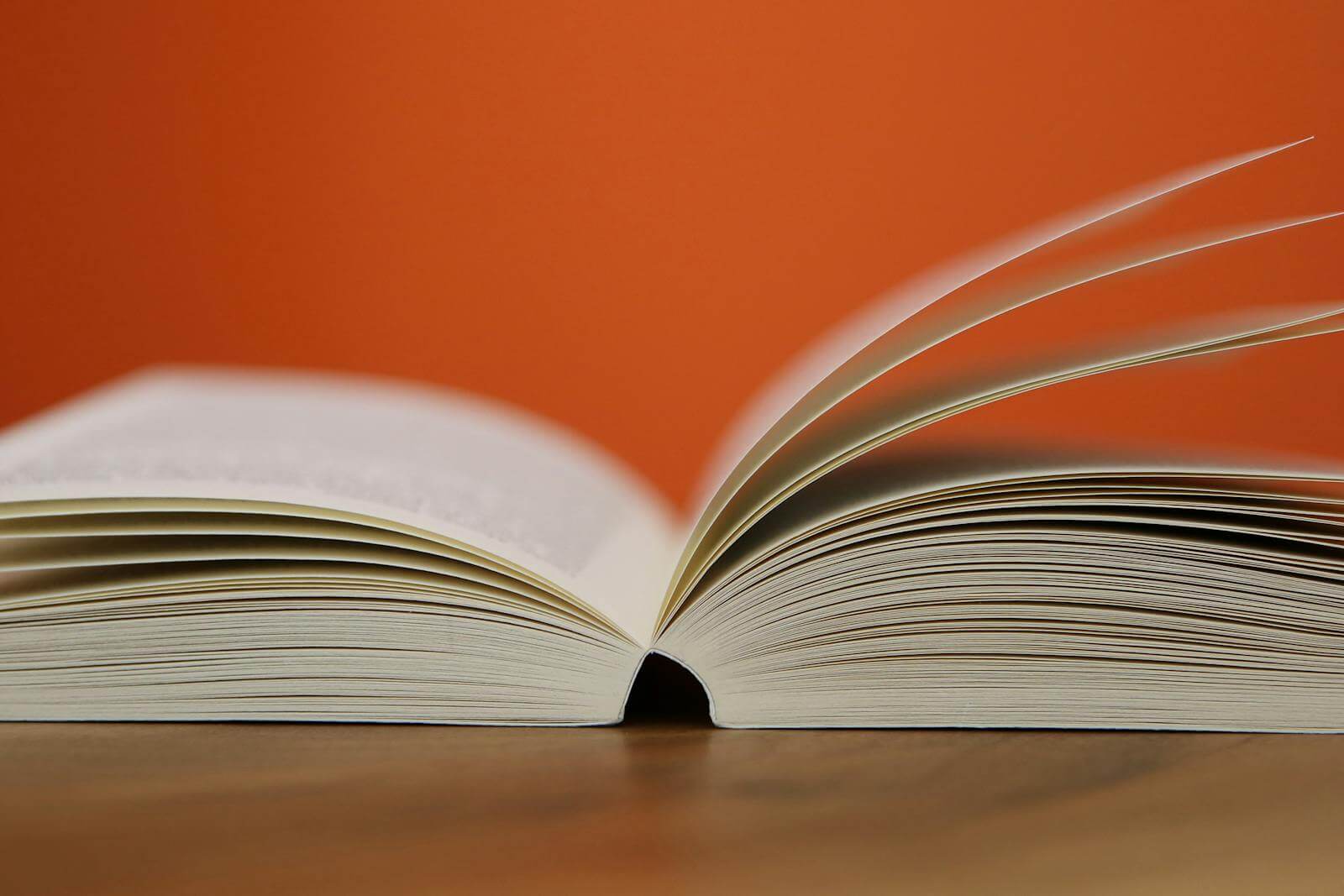Following fields are empty!
Welding International
Welding International is a well-established and widely respected journal that provides English translations of complete articles selected from major international welding journals, including:Biuletyn Instytutu Spawalnictwa PolandJournal of Japan Welding Society JapanJournal of Light Metal Welding and Construction JapanPrzeglad Spawalnictwa PolandQuarterly Journal of Japan Welding Society JapanRevista de Metalurgia SpainRivista Italiana della Saldatura ItalySoldagem & Inspe o BrazilSoudage et Techniques Connexes FranceSvarochnoe Proizvodstvo RussiaWelding Technology - JapanThe translators for Welding International are carefully chosen and each issue contains a balanced selection of between 15 and 20 articles. The articles cover research techniques, equipment and process developments, applications and material and are not available elsewhere in English.Welding International provides a valuable and unique service for those needing to keep up-to-date on the latest developments in welding technology in non-English speaking countries.DisclaimerTaylor & Francis makes every effort to ensure the accuracy of all the information (the "Content") contained in its publications. However, Taylor & Francis and its agents and licensors make no representations or warranties whatsoever as to the accuracy, completeness or suitability for any purpose of the Content and disclaim all such representations and warranties whether express or implied to the maximum extent permitted by law. Any views expressed in this publication are the views of the authors and are not the views of Taylor & Francis.
Welding Journal
Welding and Cutting
Welding in the World
The journal Welding in the World publishes authoritative papers on every aspect of materials joining, including welding, brazing, soldering, cutting, thermal spraying and allied joining and fabrication techniques. Â Coverage spans a wide range of topics, including advances in joining processes; metallurgical and materials interactions associated with joining; engineering properties and assessment of joints; health and safety and environmental aspects of joining; industrial applications;Â performance of welded structure in service; testing of welds; quality assessment and education, training, qualification and certification.
Wochenblatt fuer Papierfabrikation
Wood Material Science and Engineering
The journal Wood Material Science and Engineering aims to serve at the forefront of the wood science and technology field and accepts original articles relevant to:Wood material science with emphasis on: water-wood relations, wood durability, wood modification, wood mechanics, wood composites, engineered wood products, and eco-efficient wood based productsWood engineering, i.e. the application of the wood material science to the design, manufacturing, building, and use of machines, constructions etc. In this aspect the link between the nature of the wood material and the properties of the final wood products in-service is of outmost importance. Review papers may also be accepted but the topic should be discussed with the editor before submission.
Wood Research
Wood Research and Technology: Cellulose – Hemicelluloses – Lignin – Wood Extractives
Holzforschung is an international scholarly journal that publishes cutting-edge research on the biology, chemistry, physics and technology of wood and wood components. High quality papers about biotechnology and tree genetics are also welcome. Rated year after year as the number one scientific journal in the category of Pulp and Paper (ISI Journal Citation Index), Holzforschung represents innovative, high quality basic and applied research. The German title reflects the journal's origins in a long scientific tradition, but all articles are published in English to stimulate and promote cooperation between experts all over the world. Ahead-of-print publishing ensures fastest possible knowledge transfer.
Wood Science and Technology
Wood Science and Technology publishes research articles and reviews covering the entire field of wood and pulp. Coverage extends to wood anatomy and ultrastructure, all aspects of the biology of wood, including the cytology of cambium, xylem and phloem, tree physiology and the microbiological degradation of wood, the chemistry of wood and bark, and wood physics. Also addressed are problems related to wood technology: combustion, drying, and impregnation of wood, its machining, gluing, and finishing, timber mechanics and rheology, and the conversion of wood into pulp. The Editor-in-Chief is Gerd Wegener, Technische Universität München, Germany; the Co-Editor-in-Chief is J.R. Barnett, School of Plant Sciences, The University of Reading, England UK
